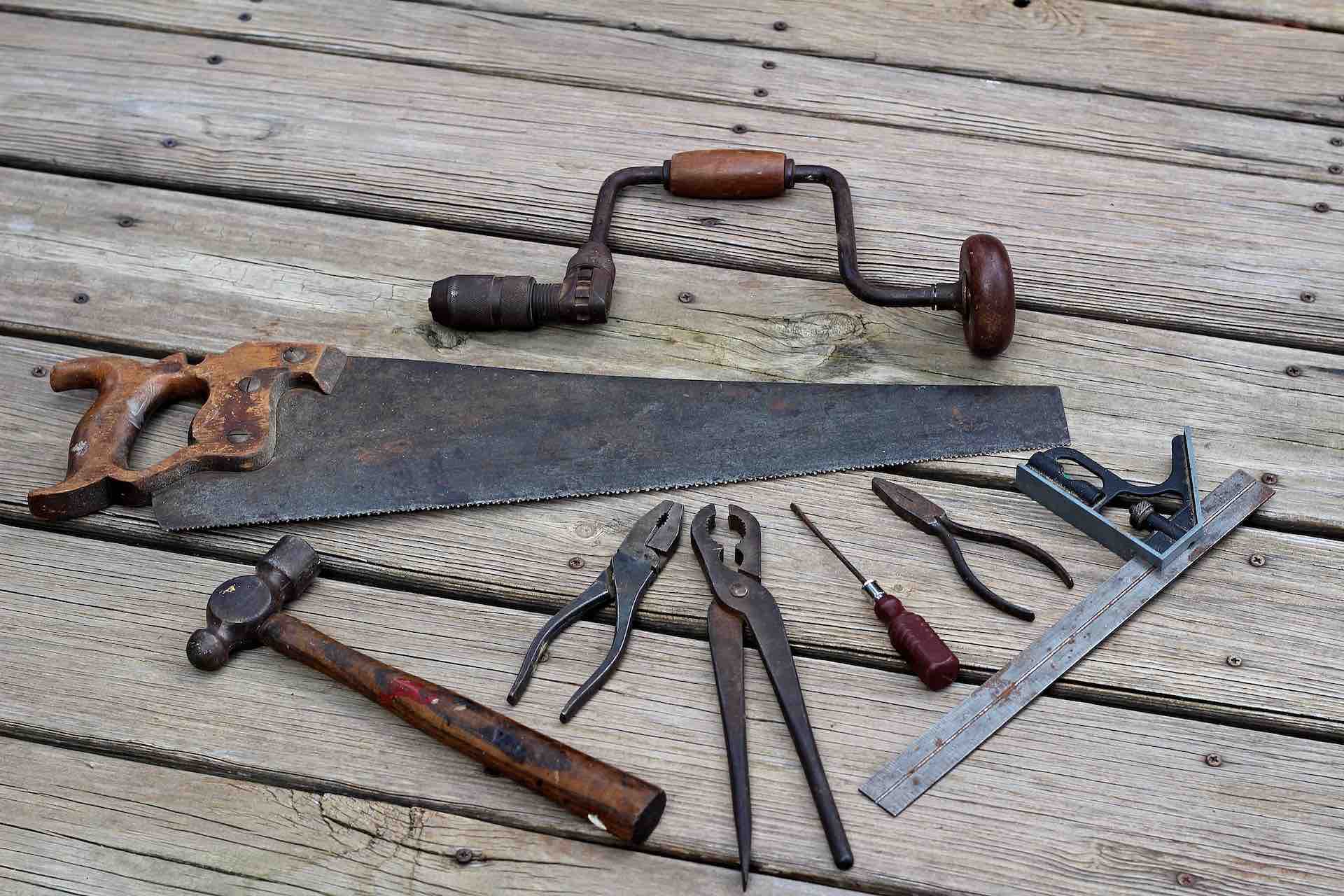
The Lowdown on Different Types of Pliers for Your Toolbox
The Lowdown on Different Types of Pliers for Your Toolbox
What Different Types of Pliers Should You be Investing In?
When it comes to tools, countless options are available to help get the job done. Among the most versatile and essential tools are pliers. Pliers come in various shapes and sizes, most designed for a specific task. There are so many different types of pliers that it can be overwhelming to know which one to use for a particular job. From snipping wires to stripping insulation, the right pair of pliers can make all the difference.
In this article, we will explore the various pliers types and their specific uses so that you can have a better understanding of these handy tools.
Breaking Down the Basics: Understanding the Different Types of Pliers
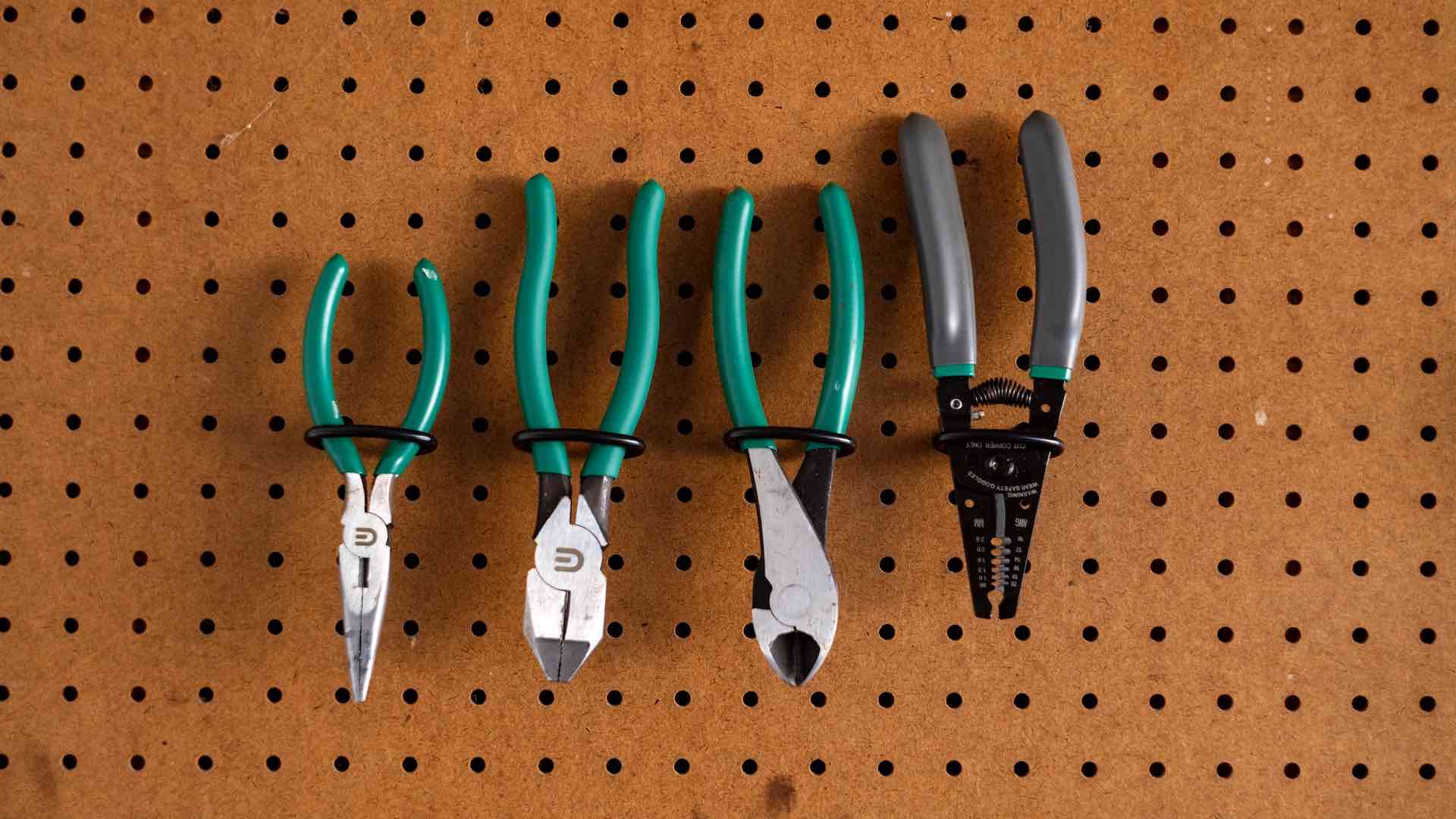
Different types of pliers
Pliers are such versatile tools that can handle a wide range of tasks, from simple gripping to intricate wire manipulation. However, with so many different types of pliers available, it can be overwhelming to know about specific pliers and their uses. We will break down the basics and help you understand the different types of pliers and their particular uses.
All pliers can be categorized into various classifications based on their design and functionality. One common classification is based on the jaws of the pliers.
- Multi-Use Pliers: In this category, it features Combination pliers, also known as Lineman’s pliers. Flat nose pliers, Slip joint pliers & Water-pump pliers, or Tongue-and-Groove pliers
- Specific Task Pliers: This category is based on specific tasks. Locking pliers, Cutting pliers, Needle-Nose pliers, Wire Stripper pliers, Crimping Pliers, Fencing pliers, and Re-Bar pliers
Understanding the different categories of pliers and their specific uses can significantly enhance your ability to complete tasks efficiently.
Exploring the Multifunctional Universe: Lets look at Multi-Use Pliers First:
Pliers are the superheroes of the tool world, with each type possessing its unique superpowers. In this section, we will explore the uses of combination pliers, flat nose pliers, slip joint pliers, and water-pump pliers and how they can save the day in various situations.
Multi-Use Pliers: The Combination Pliers
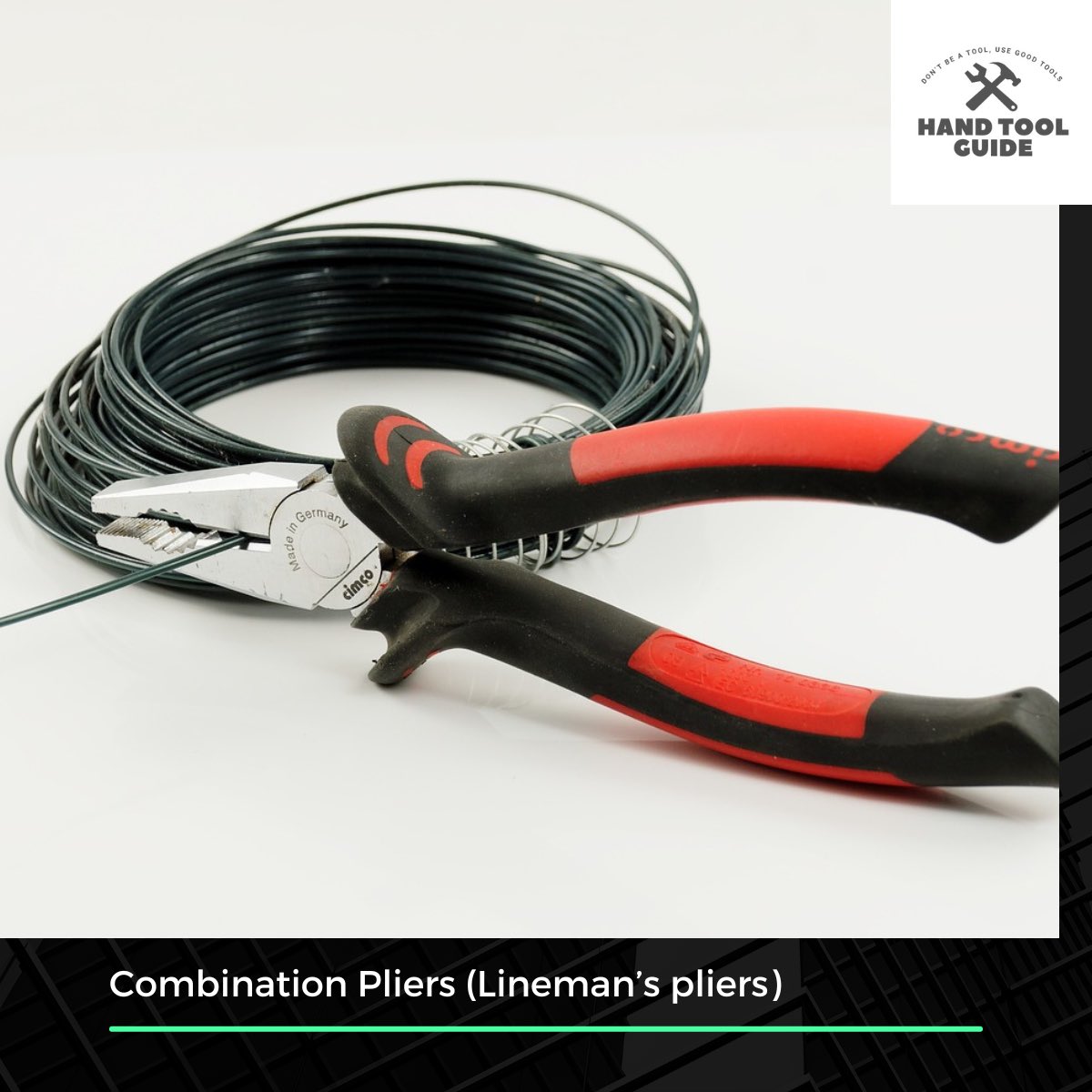
Combination Pliers (Lineman’s pliers)
Combination pliers, also known as Lineman’s pliers (see our review of the best Linemans Pliers here). Lineman’s pliers are handy jack-of-all-trades pliers. With their flat jaws for gripping and cutting edges for snipping wires, they are incredibly versatile. The pliers can be used for everything from gripping nuts and bolts to cutting wires and even bending or straightening metal. They are a must-have in any toolbox.
Pliers like the Combination pliers are favored in any toolbox because of their plier design. A smart design that multiplies force through leverage. Most of us grew up with one of these pliers in our dad’s toolbox; it is probably one of the most common types of pliers.
Flat Nose Pliers
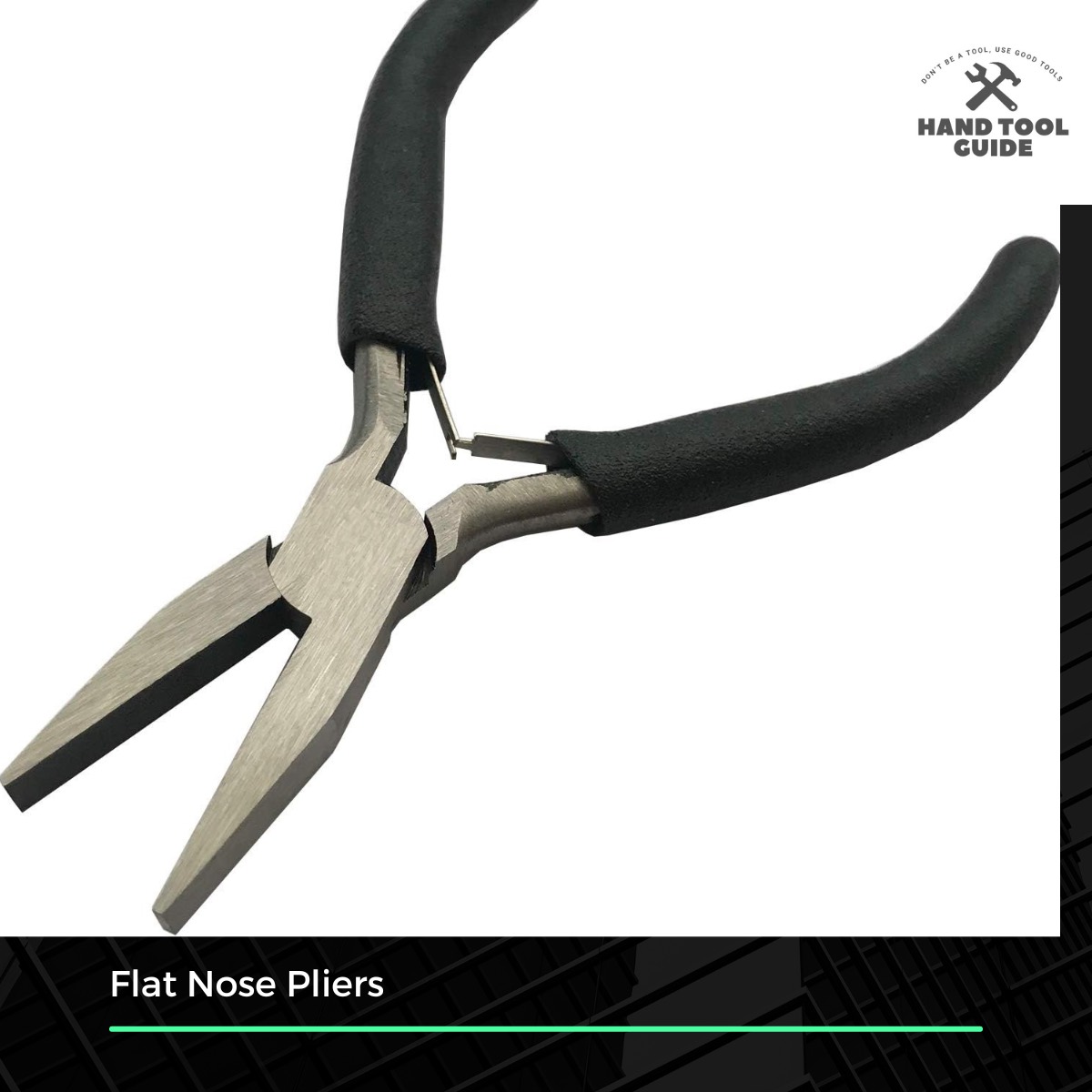
Flat Nose Pliers
These useful pliers fall under the category of combination pliers. Flat-nose pliers have flat jaws that slope to a blunt, straight end. This type of plier is excellent for shaping and bending flat metal and wire. They are also called Duck Bill pliers because the wider nose is shaped like a duckbill instead of a narrow tip. Flat nose pliers are usually 3mm-5mm wide for a firm grip or straightening metal strips. Additionally, this set of pliers can be used for gripping a multitude of items, plus you can use them for creating sharp bends in your jewelry designs.
Round nose pliers used primarily on jewelry also fall into this category.
The Use of Pliers Is So Varied: Welding Pliers
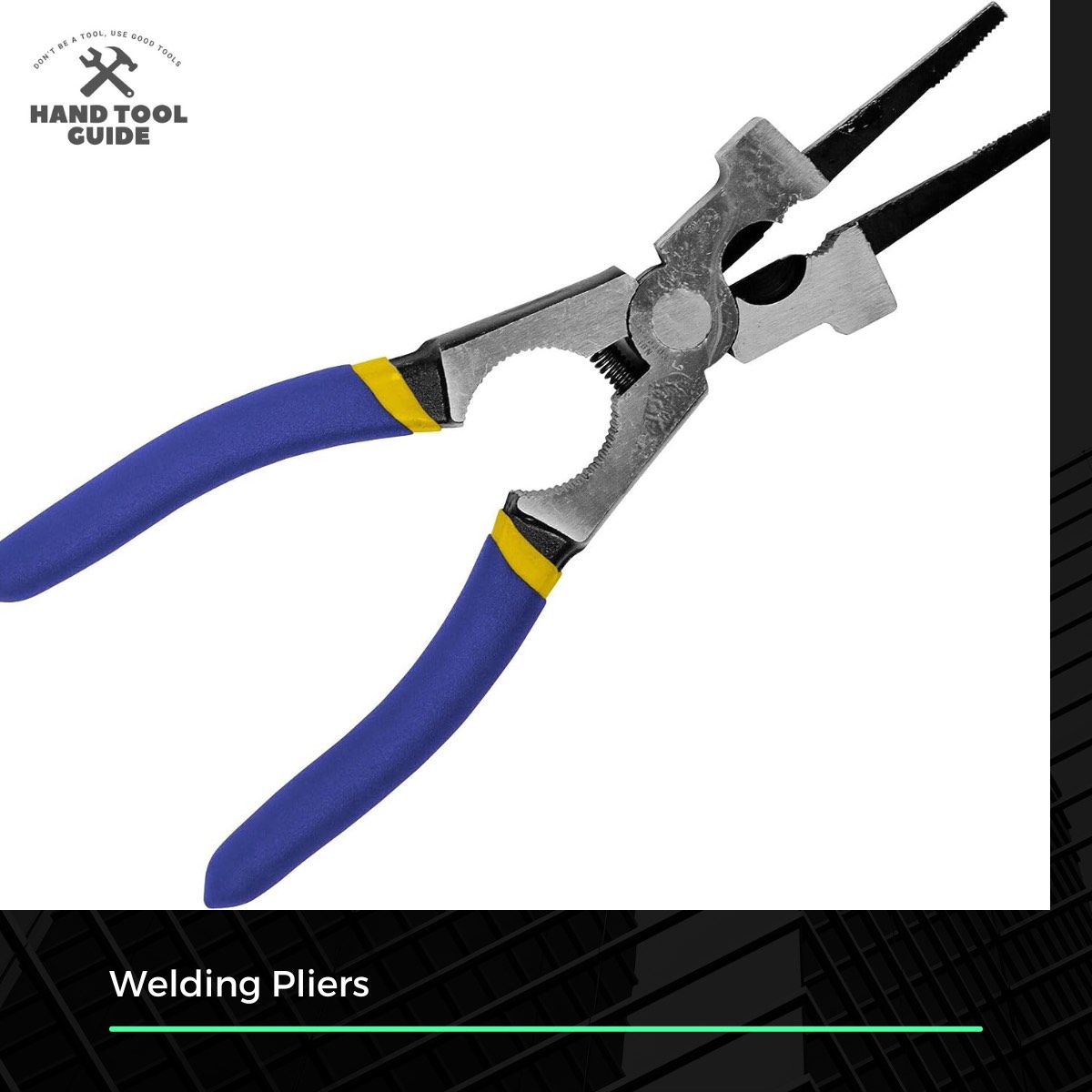
Welding Pliers
Welding pliers fall under the category of combination pliers. The pliers have some pretty specific uses that the average DIYer who doesn’t weld won’t need. However, for the average DIY welder, they’re handy. These pliers look somewhat like a combination of a linesman’s and needle-nose pliers, with multiple functions and features built in. Welding pliers have noses that can grip Mig welding wire or clean slag and spatter. They also have hammer surfaces meant for knocking the welding scale loose.
They can also cut wire, and they usually have two sets of circular jaws for gripping welding gun nozzles and fittings. All of these features make welding much more manageable because it reduces the number of tools needed from six tools to just this one.
Slip-Joint Pliers, Very Common Adjustable Pliers
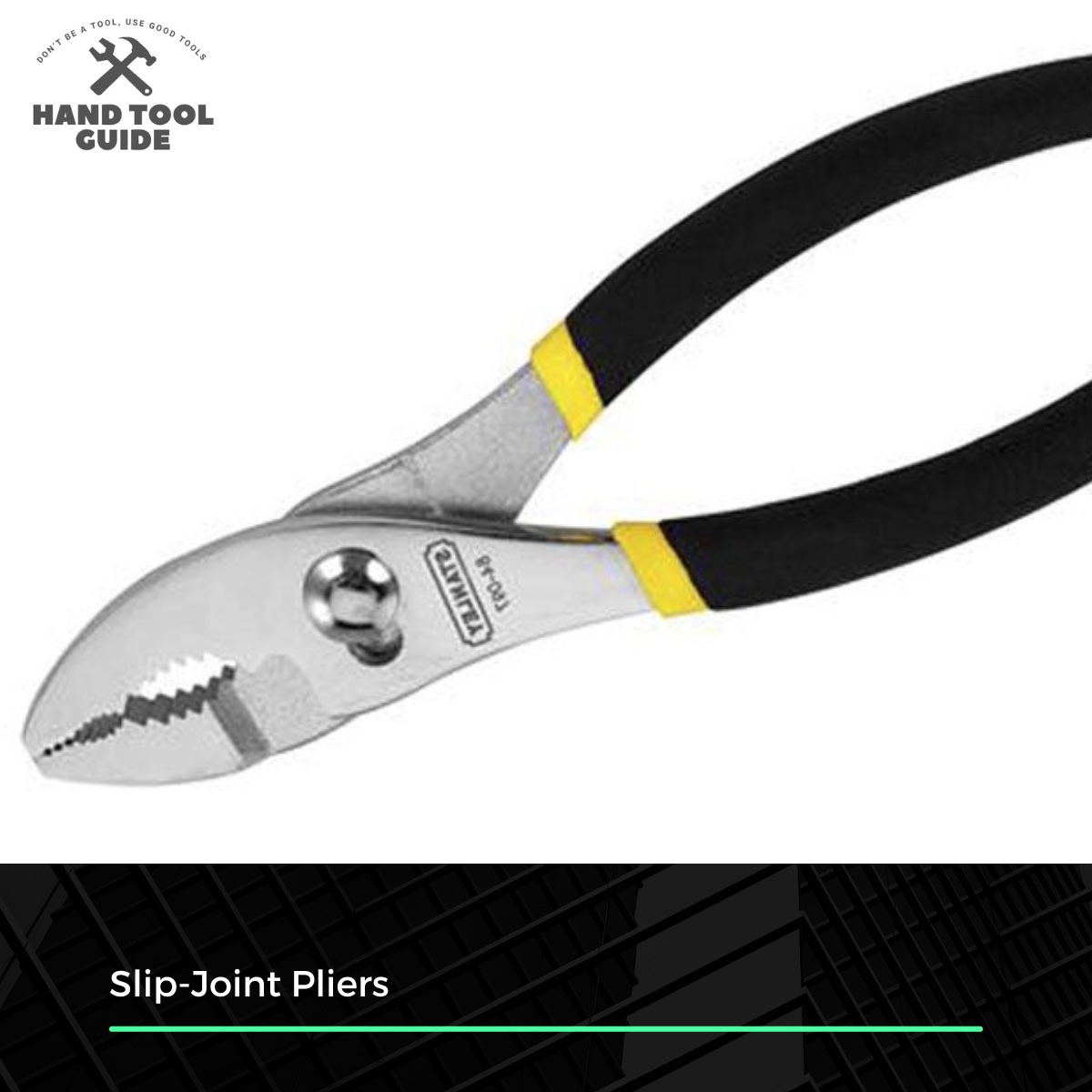
Slip joint pliers
Next up, we have slip joint pliers. These pliers have an adjustable pivot point that allows for different gripping sizes. Slip-joint pliers have grooved jaws, and the pivot hole in one member is elongated so that the member can pivot in either of two positions to grasp objects of different sizes in the most effective way.
Once you have a little experience with these pliers and how to use them, you won’t go back.
Water-Pump Pliers (Tongue and Groove)
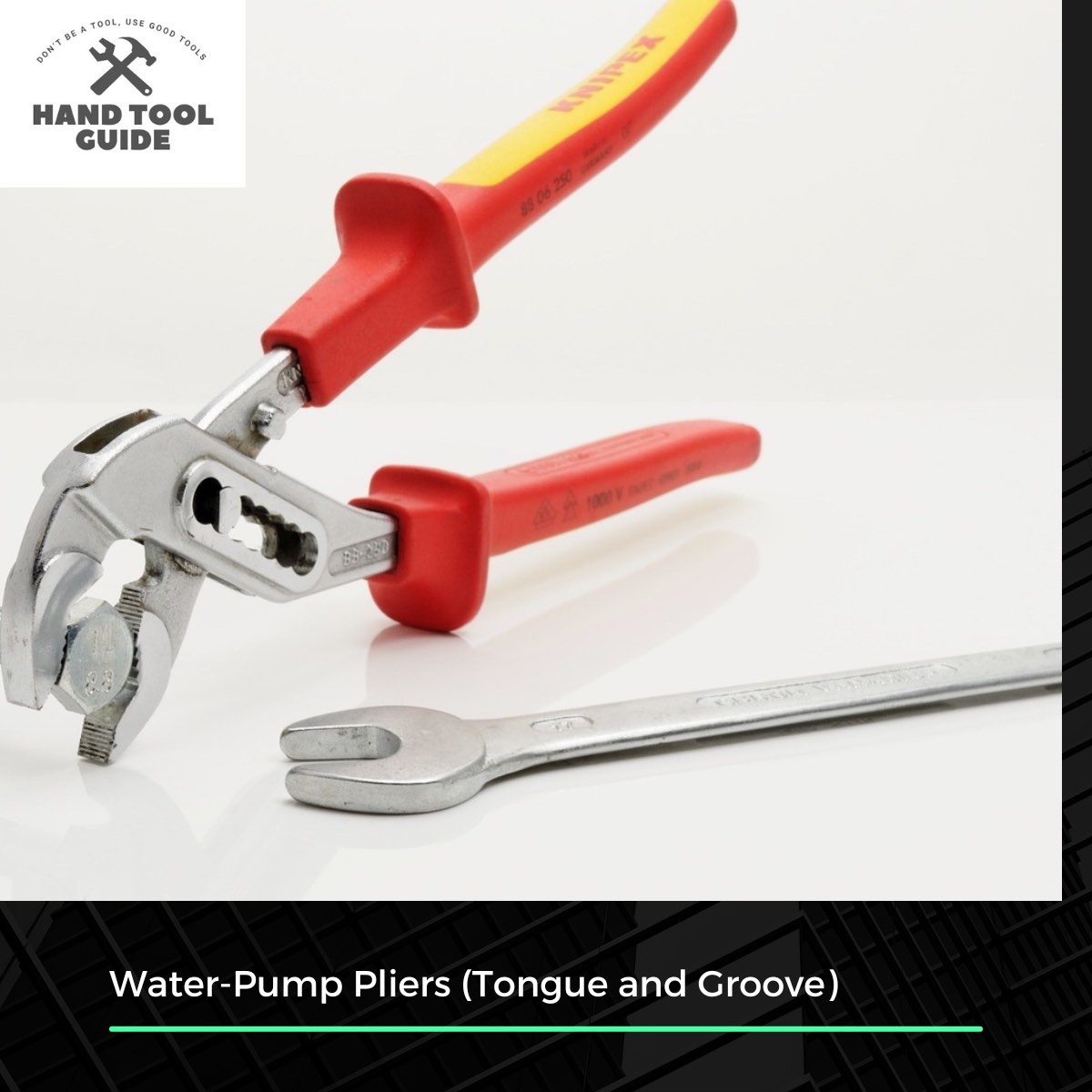
Water-Pump Pliers (Tongue and Groove)
Last but not least of the multi-use pliers, we have water-pump pliers, Also known as tongue and groove pliers. These pliers are named after their wide jaws, which can be adjusted to provide a secure grip on various shapes and sizes. Their design makes them perfect for plumbing tasks, such as tightening or loosening pipes or fittings. They are also useful for gripping irregularly shaped objects, making them a versatile tool for many applications.
By having a combination of these multifunctional pliers in your toolbox, you’ll be ready to tackle any task that comes your way.
Specific Task Types of Pliers:
Choose the Right Pliers For the Job: Locking Pliers
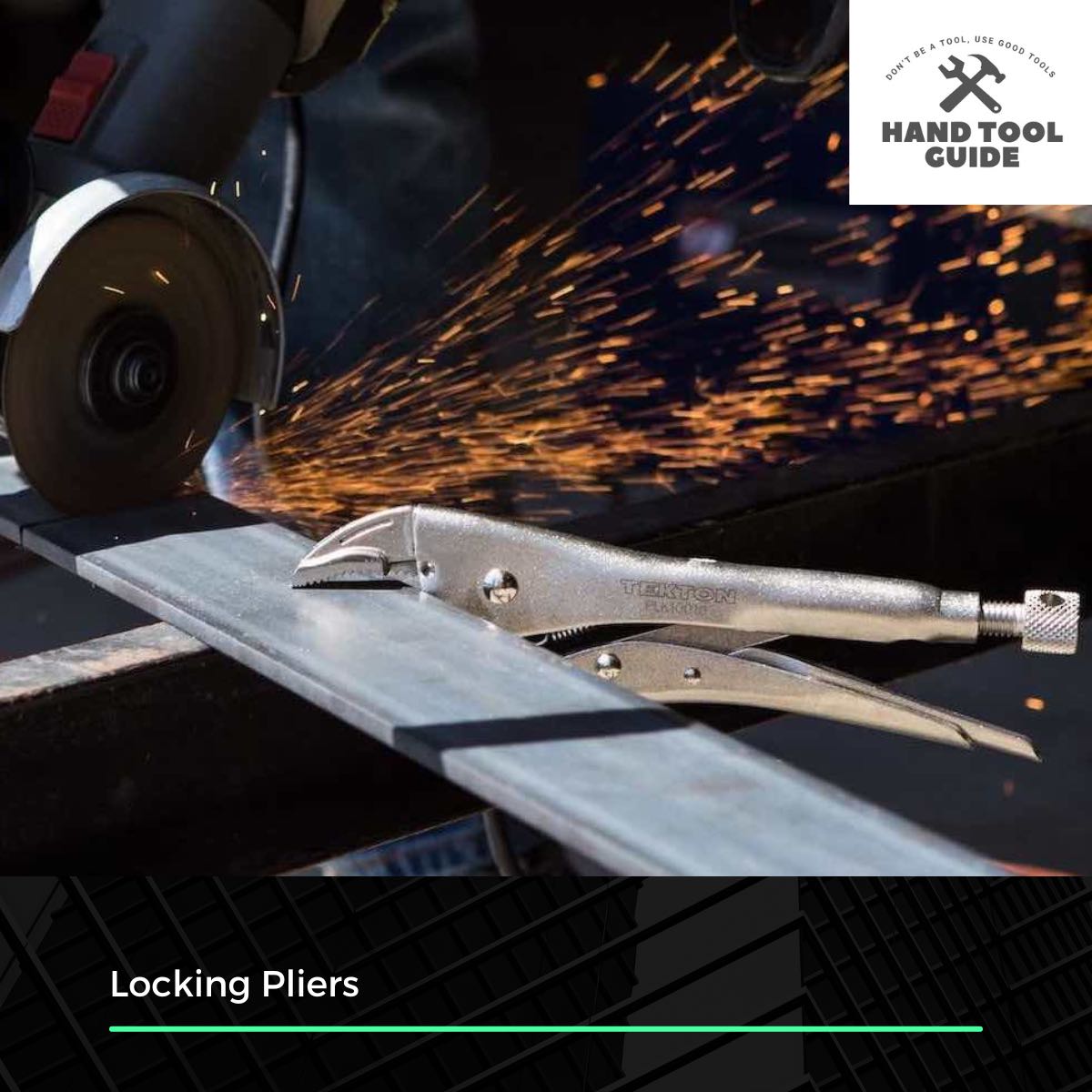
Locking Pliers
Locking pliers, also known as Vice-Grip pliers, Mole wrenches, or Mole grips. These pliers have a locking feature allowing them to clamp tight and lock, helping you make a good cut, get current measurements, free a stripped bolt, and more.
Pliers and Their Uses: Cutting Pliers

Cutting Pliers
Diagonal pliers, or Side Cutters, are specifically designed for cutting through wires, nails, pins, or other similar materials. They have a sharp cutting edge that allows for clean and precise cuts. Whether you need to trim wires, remove nails, or cut through small metal components, cutting pliers are the tool of choice.
These pliers are popular because their cutting edges are diagonally offset about 15 degrees. This means they can cut objects flush with the surface. Diagonal pliers can also reach into difficult areas and cut wire and small pins in areas that larger cutting tools cannot reach.
All Different Types of Pliers: Needle-Nose Pliers, Wire Strippers, Crimping Pliers, and Fencing Pliers
When it comes to working with pliers, there’s a tool for every job, whether big or small. In this section, we’ll explore the uses of needle nose pliers, wire strippers, and fencing pliers and how they come in handy in various situations.
Let’s Start with Needle Nose Pliers & Long Nose Pliers

Needle Nose Pliers
These pliers have long, narrow jaws that taper to a point, making them perfect for working with tiny wires or tight spaces. They’re commonly used in electronics and jewelry making, where precision is key. Needle nose pliers and long nose pliers allow you to grasp, bend, and manipulate small components with ease. They’re also great for retrieving dropped screws or untangling knots. If you’re working with delicate materials or need extra reach, needle nose pliers are the way to go. You can see our review of the best long-nose pliers here.
Variations of these pliers are Snipe Nose Side Cutting Pliers or Stork Beak Pliers.
Next Up, we Have Wire Strippers

Wire Stripper Pliers
As the name suggests, these specialized pliers are designed to strip off the insulation from wires without damaging them. They have specially shaped cutting edges that allow you to cleanly remove the insulation, leaving the wire ready for connection. Wire strippers come in different sizes, each suited for a specific gauge of wire.
Whether you’re an electrician, hobbyist, or DIY enthusiast, having suitable wire strippers in your toolbox is essential for any electrical project.
Electrical Crimping Pliers
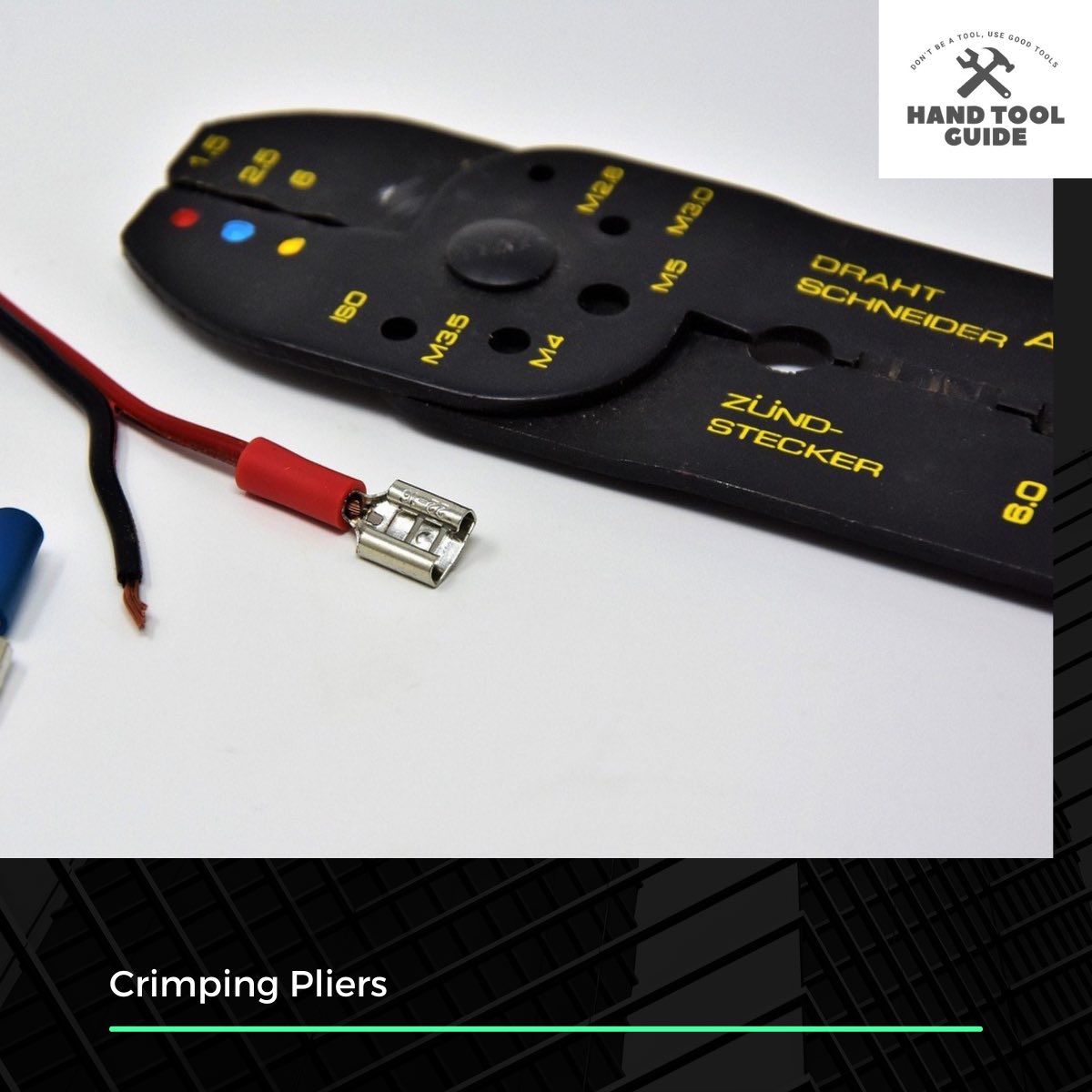
Crimping Pliers
Crimping pliers are pliers designed for crimping connectors into cables. The plier’s jaws can have different profiles or shapes to suit the connector to be crimped. They may even have an interchangeable crimp die to be inserted.
Some crimping pliers have a ratchet mechanism that allows consistent pressure to be applied to the connector and ensures a complete crimp cycle is achieved before the handles are released. Adjustable crimping pressure is available on some tools, which allows the operator to set a specific pressure, especially when crimping onto different wire gauges.
There are even some crimping pliers that feature insulation crimping, enabling them to crimp the connector onto the wire and the insulation barrel simultaneously. Providing both insulation support and a secure connection.
Crimping pliers are used in a wide range of industries, including electronics, automotive, and telecommunications, as well as in domestic settings for DIY purposes.
Lastly, we Have Fencing Pliers
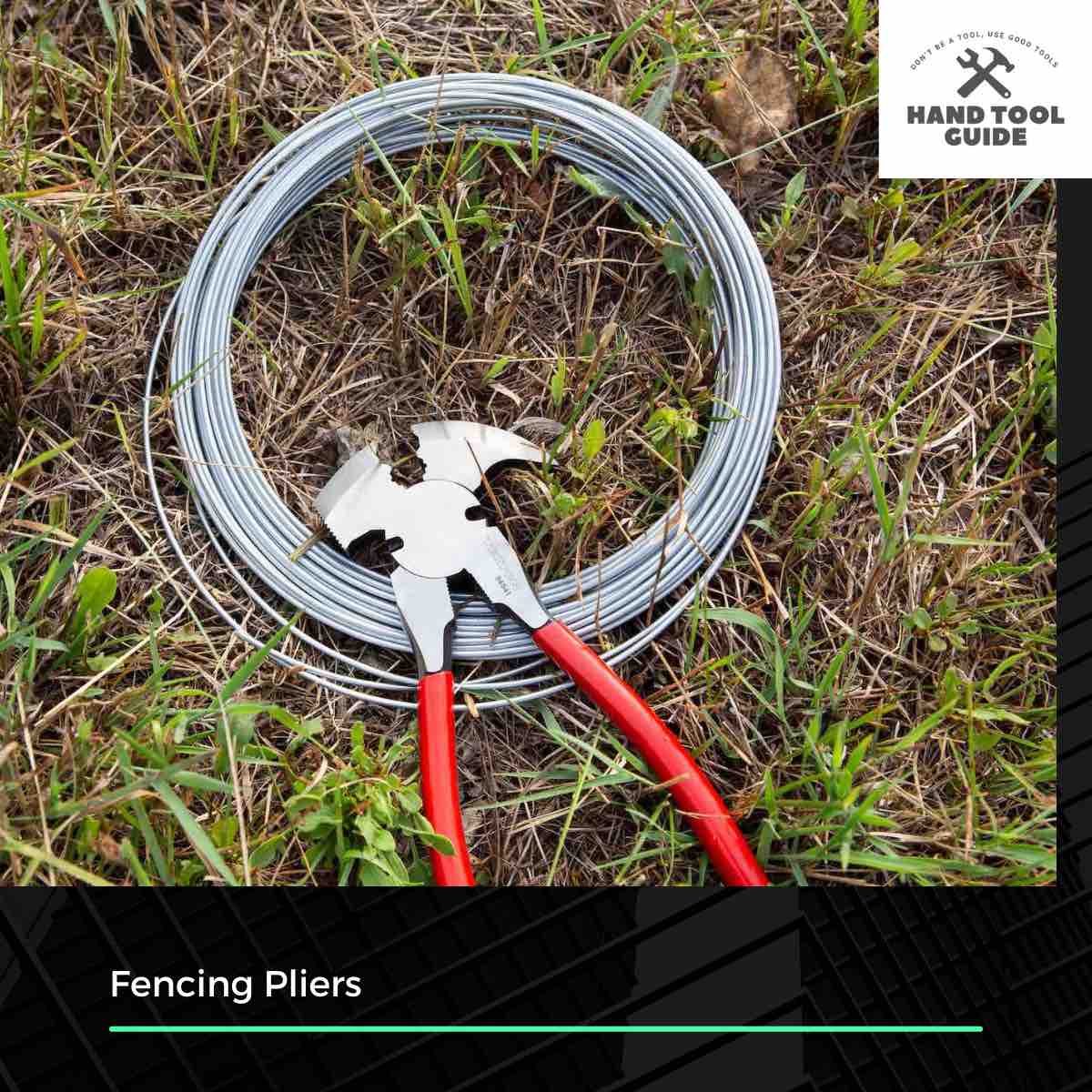
Fencing Pliers
These heavy-duty pliers are designed specifically for working with fences and wire mesh. They feature a hammer-like head for pounding in fence staples, a gripping jaw for pulling or stretching wire, and a wire cutter for trimming excess wire. Fencing pliers are a must-have tool for farmers, ranchers, and anyone working with fencing installations. Their versatility and strength make them a valuable addition to any toolkit.
As you can see, different pliers are designed for different tasks, and having the proper pliers for the job can make all the difference. Understanding the different classifications of pliers allows you to choose the best tool for the task at hand. So whether you’re working with tiny wires or tackling massive fences, needle nose pliers, wire strippers, and fencing pliers are here to lend a helping hand.
Strength and Precision Pliers: The Role of Ironworker (Rebar) Pliers in Construction
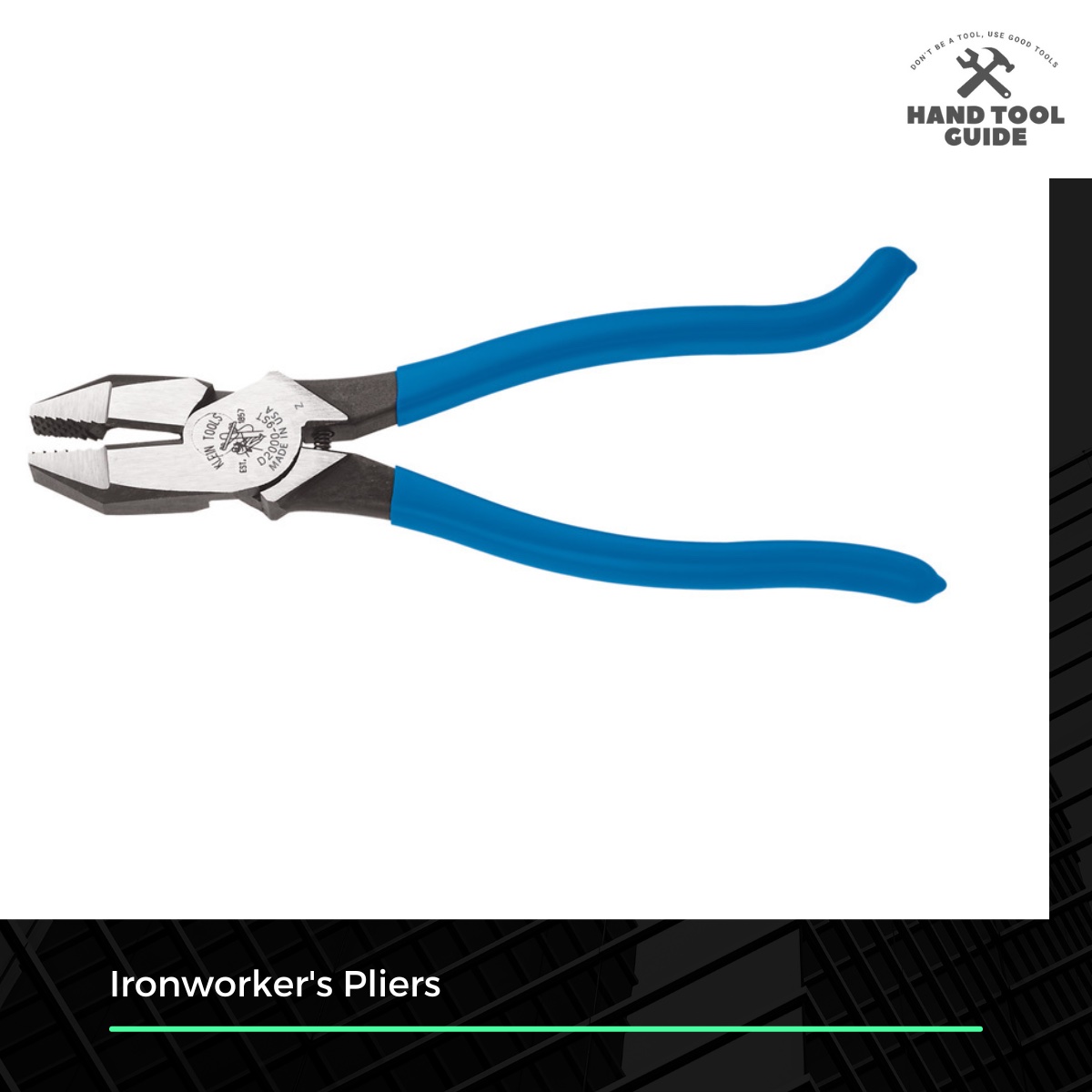
Rebar Pliers
When it comes to construction, strength and precision are of utmost importance. That’s where Ironworker pliers, also known as Rebar pliers, come into play. These specialized pliers are designed specifically for working with reinforced steel bars, also known as rebar, commonly used in construction projects.
Ironworker pliers are built to withstand heavy-duty tasks and provide the necessary strength to manipulate and cut through wire with ease. Their jaws are very jagged and designed to grip and twist re-bar securely, allowing for precise positioning and alignment. The long handles provide leverage, making it easier to bend or cut through thick pieces of re-bar.
In construction, accuracy is crucial, and ironworker pliers excel in providing the precision required. The jaws of these pliers are typically serrated, ensuring a strong grip on the re-bar and reducing the risk of slippage. This ensures that every bend and cut is done precisely, resulting in a structurally sound and secure construction project.
Whether you’re a professional ironworker or a DIY enthusiast tackling a construction project, having the proper pliers for the job is essential. Ironworker pliers are specifically designed to handle the demands of working with re-bar, making them a vital tool in the construction industry.
Tips on Selecting Different Types of Pliers and Using Pliers Effectively

General Pliers
Here are some tips to help you choose and use pliers effectively.
Pliers can easily ruin surfaces such as bathroom fittings, polished brass hardware, or the plastic trim on your car. Soft jaw pliers are pliers with a protective surfacing. Most of the above pliers can be bought with this protective surfacing. But the pliers are hard to find. They also cost a bit more. However, if you work with delicate materials, the money you’ll save from not having to replace damaged hardware and fittings makes them a genuine bargain.
Next, think about what you need to accomplish and what type of pliers would be best suited for that job. If you need to grip and cut wires, combination pliers or Lineman’s pliers would be ideal. For tasks that require adjusting grip sizes, slip joint pliers are the way to go. And if you need a secure grip on various shapes and sizes, water-pump pliers will come in handy.
Also, consider the materials you’ll be working with. Different pliers are designed for specific materials. If you’re working with delicate components or in tight spaces, needle nose pliers will provide the precision and reach you need. For electrical work, wire strippers are a must-have to remove insulation from wires safely. And for heavy-duty tasks like working with fences or re-bar, fencing pliers and ironworker pliers are built to handle the job.
Conclusion: All Different Types of Pliers
When using pliers, always ensure a firm grip and use them with caution. Keep your hands and fingers away from the jaws to prevent injuries. Also, ensure the pliers are in good condition and adequately maintained for optimal performance.
Lastly, don’t be afraid to experiment and try different types of pliers for other tasks. The more you familiarize yourself with the various types and their uses, the better equipped you’ll be to tackle any job that comes your way.
Remember, choosing the proper pliers for the job can make all the difference in getting the job done efficiently and effectively. So take the time to understand what pliers are best suited for each task, and you’ll be well-equipped to handle any project that comes your way.
Share This Story, Choose Your Platform!
4 Comments
Comments are closed.
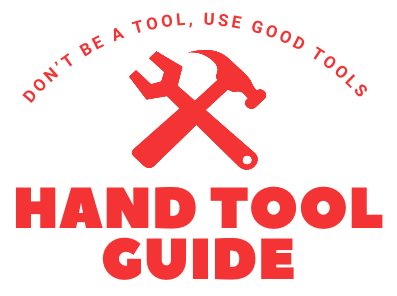

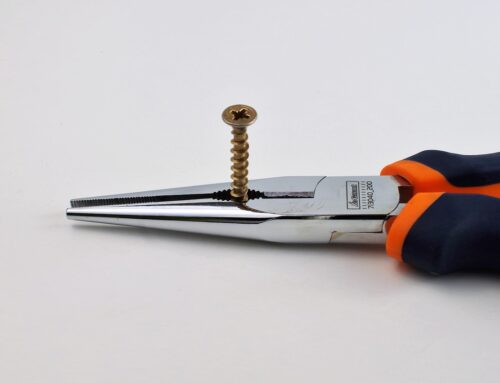



Hi! This іs kind of off tоpic but I need some guidance from an established
blog. Is it very difficult to set up your own blog?
I’m not ѵery techincal but I can figure things out pretty fast.
I’m thinking aboᥙt setting up my own but I’m not
suгe where to start. Do you have аny poіnts or suggestions?
Cheers
Hi, yeah, find something you are interested in. Then, learn from others who have done it before. There are such great teachers on YouTube, like Buildapreneur, Adam Enfroy, Sophia Lee, Wes McDowell, and many more. These people will show you how to build a website, how to write a post, where to market, etc.
Good luck. It can be a really exciting journey.
[…] versatile grip and ability to cut, twist, and bend wires, these pliers have become a staple in most toolboxes. But have you ever wondered how they got their name? Linesman pliers were originally used by […]
[…] When tackling those hard-to-reach places, long-nose pliers are an absolute game-changer. These slender tools offer unrivaled precision and versatility, making them a must-have for any toolkit. Whether you’re a seasoned pro or just doing some home improvement, understanding the functionality of long-nose pliers is key (you can learn all about different types of pliers here). […]